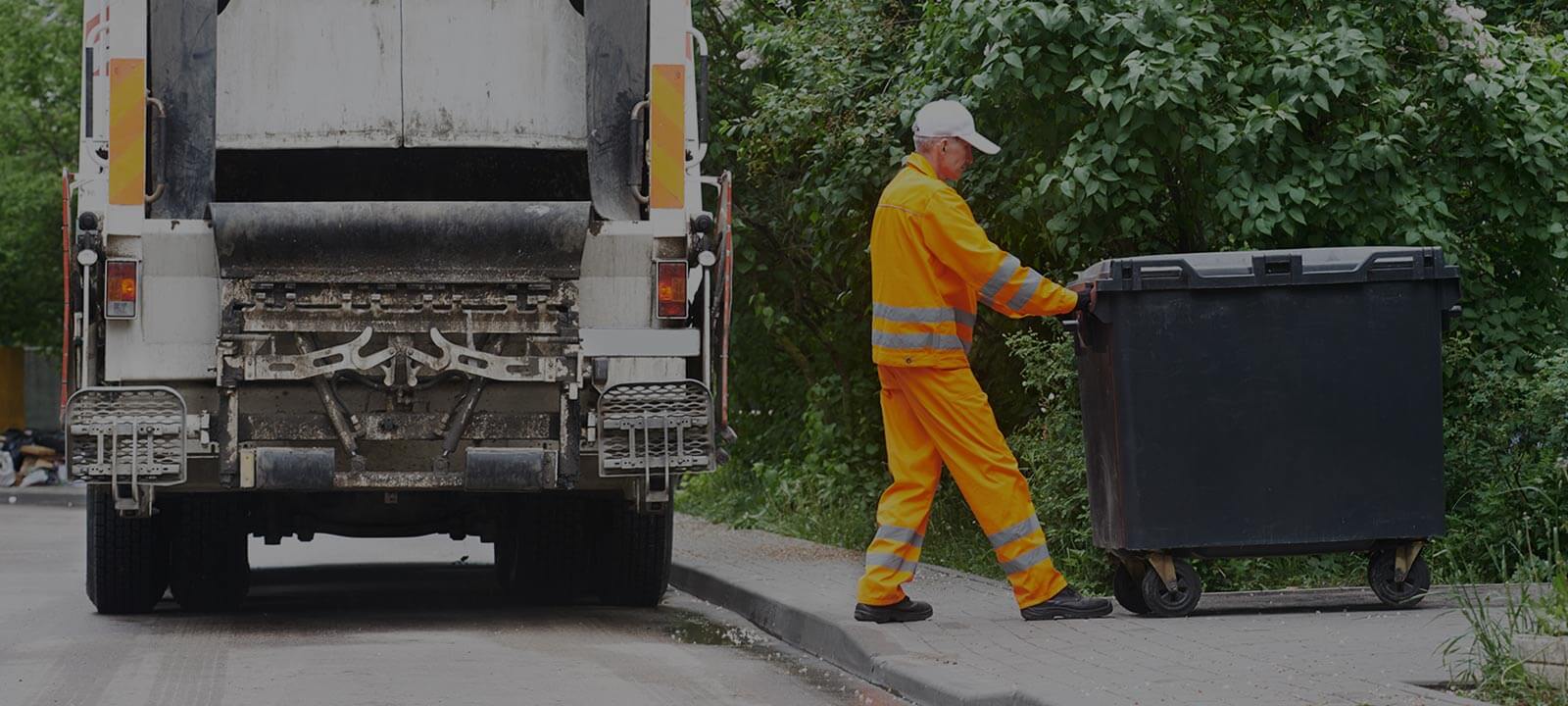Earth-Friendly Packaging Solutions
Posted on 28/12/2024
The global movement towards sustainability has gained significant momentum over the past few decades, and one critical area of focus is the way we package goods. Traditional packaging materials like plastic and Styrofoam have been notorious for contributing to pollution and environmental degradation. As a result, the need for earth-friendly packaging solutions has never been more urgent.
Understanding Earth-Friendly Packaging
Earth-friendly packaging, also known as sustainable packaging, refers to packaging solutions designed to have minimal environmental impact. The aim is to use materials and processes that reduce the overall carbon footprint, minimize waste, and encourage recycling and reusability. This approach not only helps protect the environment but also fosters a more circular economy, where resources are reused and repurposed, reducing the need for raw material extraction.

The Importance of Earth-Friendly Packaging
The importance of earth-friendly packaging cannot be overstated. Traditional packaging, particularly plastic, has led to a variety of environmental issues:
- Environmental Pollution: Plastic waste often ends up in our oceans and waterways, causing harm to marine life and ecosystems.
- Resource Depletion: The production of conventional packaging materials relies heavily on non-renewable resources like petroleum.
- Waste Management Challenges: Plastic and other non-biodegradable materials are difficult to manage in landfills, where they can take hundreds of years to decompose.
By adopting earth-friendly packaging solutions, we can combat these issues and promote a healthier planet.
Types of Earth-Friendly Packaging Materials
1. Biodegradable Materials
Biodegradable materials break down naturally into organic components, reducing waste and pollution. Common biodegradable packaging materials include:
- Plant-Based Plastics: Also known as bioplastics, these materials are derived from renewable resources like corn starch, sugarcane, and potato starch. They decompose more readily than conventional plastics.
- Paper and Cardboard: Paper-based packaging is highly recyclable and biodegradable. Innovations in paper technology have led to stronger, more durable options that can replace plastic in many applications.
- Seaweed-Based Packaging: This emerging material is made from seaweed extracts and offers a fully biodegradable option for packaging.
2. Recyclable Materials
Recyclable materials can be processed and reused to create new products, reducing the need for virgin resources. Examples include:
- Recycled Paper: Using recycled paper not only conserves trees but also requires less energy and water compared to producing new paper.
- Glass: Glass is highly recyclable and can be melted down and reformed without losing quality.
- Metals: Aluminum and steel can be recycled indefinitely, making them excellent options for sustainable packaging.
3. Reusable Packaging
Reusable packaging is designed for multiple uses, reducing the need for single-use options. This category includes:
- Reusable Bags: Cloth and recycled plastic bags can be reused many times, reducing the need for disposable bags.
- Refillable Containers: Products like cleaning supplies and personal care items can be sold in refillable containers, minimizing packaging waste.
Innovative Earth-Friendly Packaging Solutions
Innovation in the packaging industry is driving the development of earth-friendly solutions. Some noteworthy examples include:
1. Edible Packaging
Edible packaging is made from food-grade materials and can be consumed along with the product. This type of packaging is particularly useful for reducing waste in the food industry.
2. Compostable Packaging
Compostable packaging is designed to break down into nutrient-rich compost when disposed of in commercial or home composting systems. This type of packaging often uses materials like cornstarch, PLA (polylactic acid), and bagasse (sugarcane fiber).
3. Mushroom Packaging
Mushroom packaging is created using agricultural waste and mushroom roots (mycelium). It is biodegradable, compostable, and can replace Styrofoam in various applications, from protective packaging to insulation.
4. Water-Soluble Packaging
Water-soluble packaging materials dissolve in water, leaving no harmful residues behind. These are commonly used for single-dose products like laundry detergents and supplements.
Benefits of Earth-Friendly Packaging
The benefits of adopting earth-friendly packaging solutions extend beyond environmental protection. They include:
- Reduced Environmental Impact: Sustainable packaging options help reduce pollution, conserve natural resources, and decrease carbon emissions.
- Enhanced Brand Image: Companies that adopt sustainable practices demonstrate their commitment to the environment, which can enhance their reputation and attract eco-conscious consumers.
- Cost Savings: Although some sustainable materials may have higher upfront costs, the long-term savings from reduced waste disposal and resource use can be significant.
- Regulatory Compliance: Many regions are enacting stricter regulations on packaging waste. Adopting earth-friendly solutions can help businesses stay ahead of compliance requirements.
Challenges in Implementing Earth-Friendly Packaging
Despite the clear benefits, there are challenges in transitioning to sustainable packaging:
- Cost: Some sustainable materials can be more expensive than conventional options, posing a barrier for businesses.
- Infrastructure: Adequate recycling and composting infrastructure is necessary to manage sustainable packaging correctly. In some regions, this infrastructure is lacking.
- Consumer Education: Educating consumers on the importance and benefits of earth-friendly packaging is crucial for widespread adoption.

Steps Towards Adoption of Earth-Friendly Packaging
Adopting sustainable packaging can be a gradual process. Here are steps businesses and individuals can take:
1. Audit Current Packaging
Conduct a comprehensive audit of existing packaging materials and identify areas where sustainable alternatives can be introduced.
2. Research and Trials
Research different earth-friendly packaging materials and conduct trials to determine their suitability for specific products.
3. Collaborate with Suppliers
Work closely with packaging suppliers to develop customized sustainable solutions that meet your needs.
4. Educate Stakeholders
Educate employees, customers, and other stakeholders about the benefits and proper disposal methods of earth-friendly packaging.
5. Monitor and Improve
Regularly assess the performance of sustainable packaging solutions and make improvements as needed to enhance effectiveness.
Conclusion
The shift towards earth-friendly packaging solutions is essential for a sustainable future. By embracing biodegradable, recyclable, and reusable materials, and investing in innovative solutions, we can significantly reduce the environmental impact of packaging. Although challenges remain, the long-term benefits for the environment, society, and businesses make the transition worthwhile. Through collaborative efforts and ongoing commitment, we can develop a more sustainable and environmentally responsible approach to packaging.






